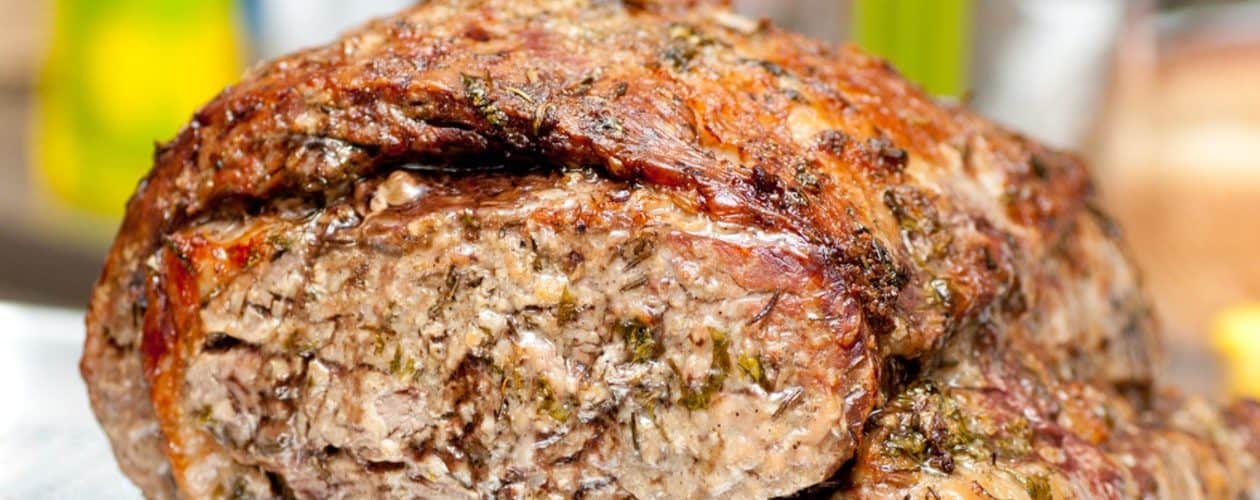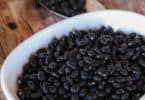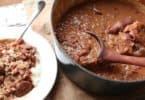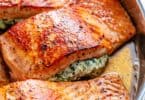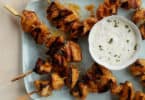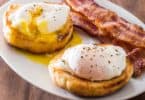A standing rib roast is a fine dinner choice for Christmas, Easter, or even an alternative to a Thanksgiving turkey. Although the task may seem daunting to those who have never undertaken it, a few simple tips can help you create a perfect standing rib roast cooked to your desired doneness.
Contents
Choosing your roast
First, you must decide how large of a roast you will need. For every bone in the roast, assume that two people can be fed. Therefore, if you are feeding a group of six, you will need a three bone standing rib roast. If you are feeding a number of people with healthy appetites, opt to go one bone higher than the number of people you will be serving. It never hurts to have extra, and your guests will surely fight over who gets to take home leftovers. Because standing rib roasts can rarely be bought frozen, it is best to purchase your roast a day or two before you intend to serve it. Be sure to contact the butcher ahead of time to place you order, as standing rib roasts are popular around the holidays. Keep your roast in the refrigerator until you are ready to begin cooking.
Preparing your roast for cooking
After selecting your standing rib roast, you will need a suitable roasting pan. Although it is not necessary to select a deep pan for roasting, it certainly will make it easier to move the roast from counter to oven and vice versa. Choice of seasoning rests with you, but some professional chef recommendations include basil, rosemary, garlic, and sage. If you wish to mix up a marinade to inject into the standing rib roast, remember not to use anything too thick to fit through the flavor injector needle. Make small cuts in the fat of the roast, or pierce the roast with a fork. Before seasoning, baste the meat of the roast with either melted butter or olive oil; this will help keep the roast from drying out in the oven. Rub the meaty exterior with coarsely ground pepper and kosher salt. The salt will aid in pulling forth the juices from the roast. Follow the salt with the seasoning blend of your choice. If you wish to make an au jus for the roast, mix ½ cup of dry red wine with about ½ cup of beef stock and set aside.
Oven temperatures and times
Cooking time for a standing rib roast can be somewhat tricky, as different settings can have different outcomes. Cooking with a convection oven rather than a conventional oven may cut down cooking time by about 20%, so the type of oven you will be using should be noted. If a crisp crust on the roast is desired, preheat the oven to 450 degrees. The roast should be cooked at 450 degrees for twenty minutes; then, reduce the heat to 350 degrees and cover the roast with aluminum foil. If you do not want a crust, set the temperature at 350 degrees right away. If a rare roast is desired, cook for 18 minutes per pound of roast. If you would prefer a medium doneness, cook for 22 minutes per pound of roast. To check the internal temperature of the standing rib roast, use an instant read meat thermometer. Insert the thermometer into the meat of the roast, taking care not to rest the thermometer against a rib bone. For very rare, the temperature should be 130°; for medium rare, 140°; and for medium, 160°. Cooking a standing rib roast until it is well done may result in drier meat and is generally not recommended; however, if you do not want any red in the roast, cook for 30 minutes per pound, or until internal temperature is 170°.
Finishing touches
Upon reaching the desired internal temperature, remove the standing rib roast from the oven and allow it to sit for 20 minutes before serving. During this time, you can create your au jus if you have chosen to do so. Heat the wine, beef stock, and pan drippings in a medium saucepan over medium-high heat. Add salt and pepper to taste. Continue to cook, stirring occasionally, until wine is reduced by about half of its original volume. Strain or skim any solids or excess grease if necessary. Serve spooned over slices of the standing rib roast.
<>

